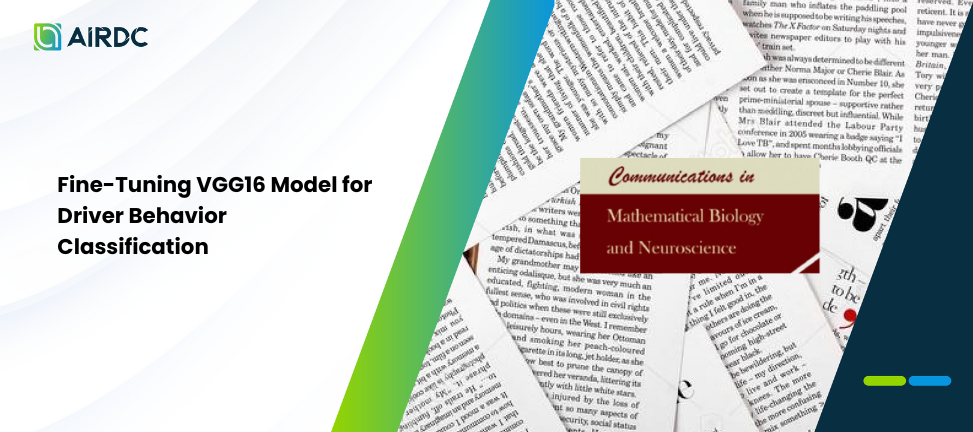Fine-Tuning VGG16 Model for Driver Behavior Classification

This study aims to improve the performance of the VGG16 model with fine tuning. The transfer learning method is adopted to accelerate the learning process. The fine tuning carried out includes adding layers to the VGG16 model, freezing the initial layer during the training process, using an adaptive learning rate and using dropout. The VGG16 model with fine-tuning is used for multi-class classification of five categories of driver behavior. The learning results show an increase in accuracy of up to 99.54%, with a decrease in the validation loss value to 0.0278, compared to the VGGNet baseline without fine-tuning which only achieved an accuracy of 96%. Layer freezing also reduces the number of trainable parameters by more than 50%. Fine-tuning has proven effective in improving model performance by adjusting parameters in the final layer so that the model is able to capture specific features of the target dataset and maintain basic features with the initial freeze layer. Testing using a confusion matrix shows a high level of prediction accuracy. This study underlines the importance of applying fine-tuning to CNN models to improve driver behavior detection capabilities.
Authors:
Sebastianus Adi Santoso Mola, Tamar D. I. Dappa Ole, Andrea Stevens Karnyoto, Naldo F. Tajo Udju, Annika L. Hipir, Bens Pardamean
Communications in Mathematical Biology and Neuroscience (CMBN)

